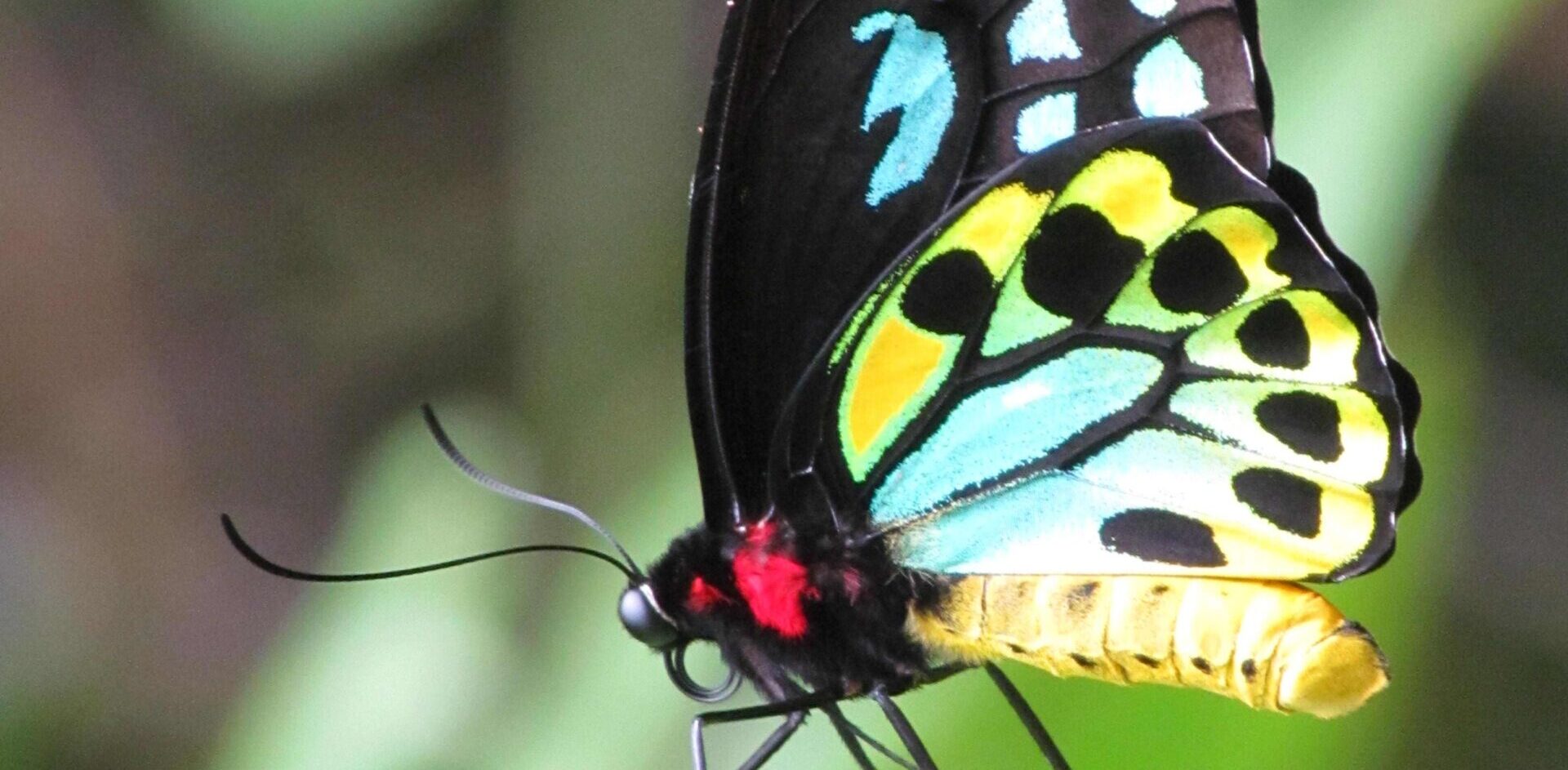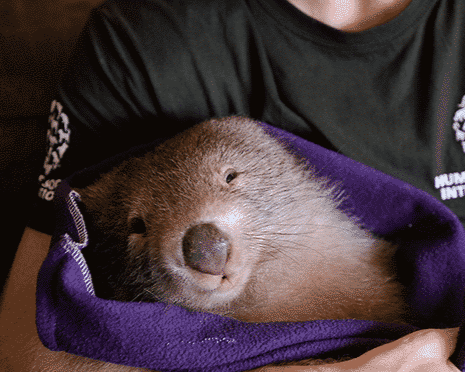The Newsletter of Humane World for Animals' Wildlife Land Trust • Issue 30 • 2025 Read More
It seems we’re determined never to learn that the dingo is a great friend of the Australian environment. In the last couple of months alone we have seen proposals for dumping and then killing dingoes on an off-shore island to control feral goats; a suggestion that we should be selling dingo meat to Asian markets; and calls to bring back a dingo bounty in Victoria.
Emerging conservation science is increasingly pointing to the importance of dingoes as our top order mammalian predator, helping to control both introduced red foxes and feral cats, and fulfilling critical ecosystem functions. In turn this means that dingoes play an equally important role in protecting a long list of threatened and non-threatened Australian species, preyed upon in almost incomprehensible numbers by feral interlopers. And yet we continue to kill dingoes in large numbers even though a recent CSIRO analysis describes the dingo as ‘near threatened’.
HSI stressed the essential role of the dingo in supressing feral cat populations in our submission to the Commonwealth Government’s draft ‘Threat Abatement Plan for Predation by Feral Cats’, in which we stated, “The weight of scientific evidence is now sufficient to warrant the establishment of a dingo predator re-wilding program as a broad-scale, cost-effective way of suppressing both cats and foxes to the benefit of literally hundreds of species of native wildlife. While it is fair to say that success of such a program is far from certain, its prospects are far more attractive than continued broad-scale 1080 baiting, which although cheap, lacks evidence of effectiveness.”

We continue to kill dingoes in large numbers even though a recent CSIRO analysis describes the dingo as ‘near threatened’.
Photo credit: Jennifer Parkhurst
The Commonwealth’s final 2015 feral cat plan did not fully reflect our advice, nor did Canberra agree to assess our 2015 scientific nomination to list the dingo under the Environment Protection and Biodiversity Conservation Act, 1999 (EPBC Act), responding that there was insufficient population data to make such an assessment.
The CSIRO dingo analysis estimated a population figure of greater than 10,000 mature individuals in Australia, all threatened by hybridisation, habitat loss, poisoning, trapping and shooting, noting that the rate of decline in ‘pure’ dingoes, “may approach 30% in 18 years (three generations) across all of Australia, and is ongoing.” It also notes that lethal control programs, widespread across the country, are largely ineffective, and yet we continue to spend millions of dollars every year on such programs because bureaucracies and graziers are simply addicted to killing. It’s what has always been done and so that’s what will continue to be done – regardless of scientific evidence or the obvious conservation imperative. But there are better ways to protect livestock and conserve dingoes.
A growing body of evidence shows that dingo-dog hybrids share many important aspects of dingo social behaviour such as pack formation and feeding habits. HSI continues to argue that as hybrids are performing the same ecological role as dingoes, they should be considered equally as important to conserve in Australian ecosystems. The first step is treating hybrid dingoes as wildlife instead of pest animals, and avoiding compounding the pressures on them through programs such as ‘wild dog’ bounties.
The same selection processes that led to the evolution of the dingo are still acting on hybrids today and we quickly see dingo traits and characteristics assert themselves in these animals. Indiscriminate killing programs don’t just hurt pure dingoes; they hurt the entire ecosystem, which is thrown out of balance when you start shooting apex predators.

Indiscriminate killing programs don’t just hurt pure dingoes; they hurt the entire ecosystem.
What’s becoming clear to us is that a major side effect of the killing is the significantly increased risk posed to threatened species that occur in areas wherever the dingo is subject to lethal controls. Not only that, but increased risk to livestock as well, with research showing that intact dingo packs are able to hunt traditional prey, whereas individuals from fractured packs, due to lethal control programs, tend to be more opportunistic.
HSI is pursuing a range of campaign efforts on behalf of the dingo, including nominations for the dingo as a threatened species under Federal and state law, and the nomination of “The cascading effects of the loss or removal of dingoes from Australian landscapes” as a Key Threatening Process under the EPBC Act.
We also need a national dingo recovery/conservation plan initiated by the Commonwealth that recognises this iconic mammal’s natural, indigenous and cultural importance to Australia; that incorporates alternative and humane mechanisms for managing livestock conflicts; that seeks to maintain the dingo’s keystone role in Australian ecosystems; and consequently contributes to the recovery of our growing list of threatened native animals.


